Dalhousie is one of the most famous hill stations of Himachal Pradesh. It stretches itself leisurely through the five mountains, Kathlog, Potreyn, Terah, Bakrota and Bhangora. It was established by Lord Dalhousie in 1850, and there are many things that remind you of its colonial past. Sightseeing though, is one of the many ways of keeping yourself busy here.
Those visiting Dalhousie do so to be in the company of nature, and it keeps them company always. It doesn’t matter which part of the town you may be in, the sight of snowcapped peaks of Dhauladhar Range greet you constantly. The clouds embrace the mountains in the distance, while the greenery of the landscape is brought out by the sun’s rays in another. This contrast lightens the mood and cheers you up. A trip to Dalhousie is largely about sightseeing, because the landscape lends itself perfectly to this activity.
An example of this sightseeing are the two waterfalls, Panjpula and Satdhara. Panjula Waterfall is formed by the coming together of various mountain streams whose waters are believed to contain medicinal properties. It is named after the five bridges that are built over the streams. Families often visit it to enjoy a picnic or just to revel in the surroundings. There is a memorial of Sardar Ajit Singh, a revolutionary freedom fighter who lived here for a while. Satdhara Waterfall is formed when seven water springs come together. Their waters are believed to contain therapeutic properties. The real beauty of this waterfall is brought out by the arrival of monsoon.
One of the ways the British left their imprints on Dalhousie was the establishment of churches. St. Patrick's Church is one of them. Built in 1909, it is the largest church in the town. Despite being built such a long time back, it stands in an impressive condition today. The interiors play as much an important role as the exteriors in lending it an elegant appearance. The low lying chandeliers in the inside and the latticed windows on the outside, both attract the attention of the onlooker to the same degree.
St. Francis Church, which was built in 1894 and stands out for its Belgium glass facade and brilliant stonework, is another top tourist attraction in Dalhousie. It's interesting to know that the church was built with public contributions from army and civil officers. Finally, you have the St. John's Church, which impresses you with its large collections of books about Dalhousie. The protestant church, built in 1863, is home to marvellous paintings of St. Peter and St. John. It is an important part of the town’s colonial heritage.
Just like most of the other famous hill stations in India, Dalhousie also boasts its own Mall Road. It is where most of the city’s socializing happens, and on any day, you can watch people taking a leisurely stroll or simply enjoying themselves by doing nothing. It’s a great place to interact with the locals, as well as lay your hands on Tibetan handicrafts, craftwork and woollen shawls.
Those that just cannot do without their fair share of adventure should take a 5 km trek to Bakrota Hills. A walk through the dense forests of the hills, dominated by deodar, pine and oak trees, rejuvenates both your mind and body. Go in the morning, and it bears that quiet relaxed look, with the mist embracing the forest. Throughout the course of the walk, you are treated to views of the town spread out below. During the winters, when the leaves, branches, slopes and nearly everything else is covered in snow, their beauty appears in a different light.
Dalhousie is also home to two temples, Bhulwani Mata and Bhalei Mata. Bhulwani Mata Temple is famous for a fair that is held every July. Bhalei Mata Temple also holds a historic significance, as it was built in the 16th century by Raja Pratap Singh Varman.











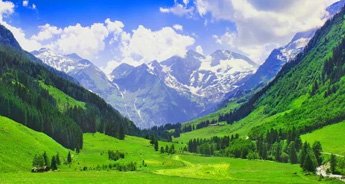


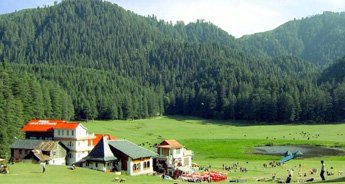



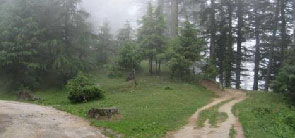
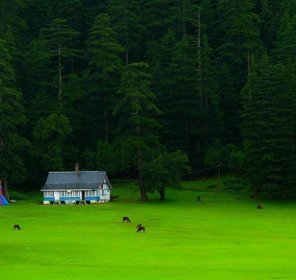

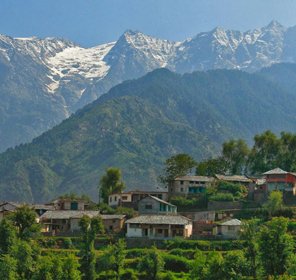
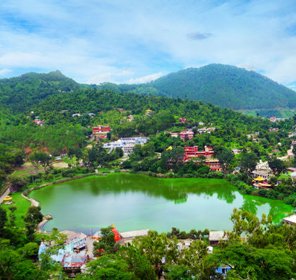
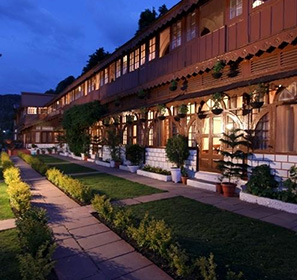
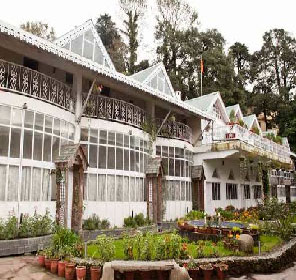


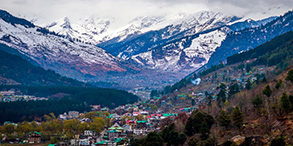


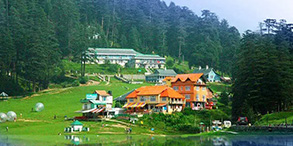
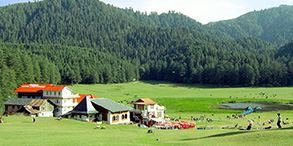
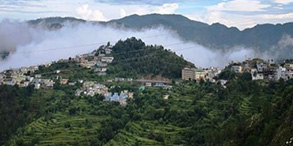
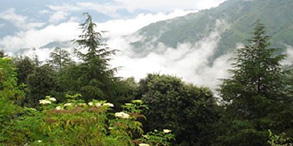
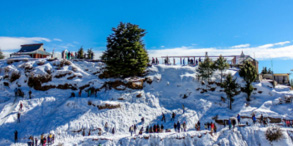


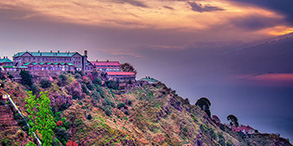
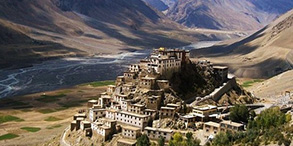
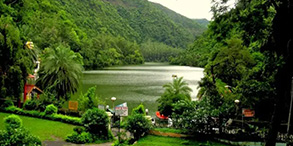
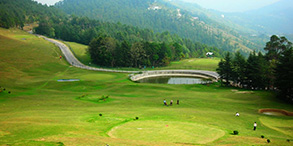


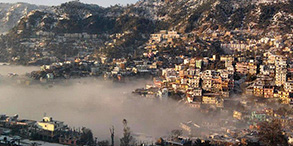
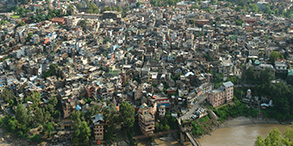
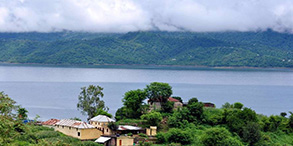
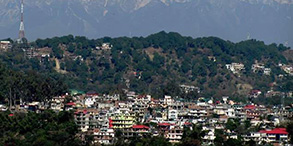
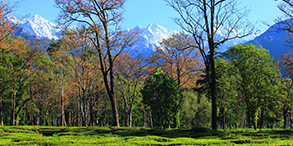
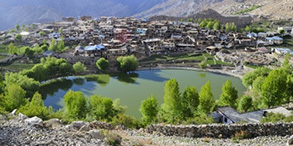
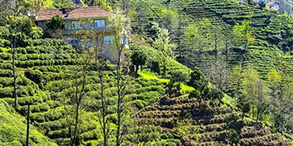
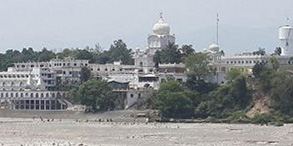

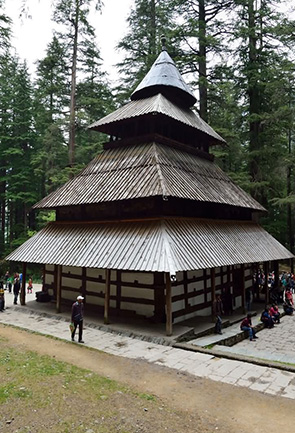


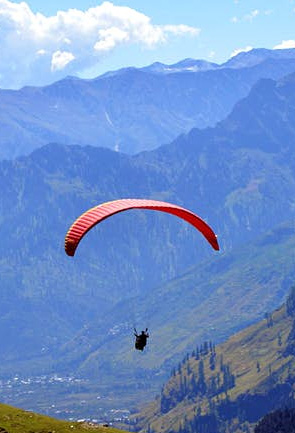

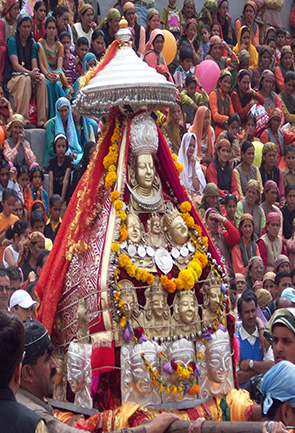
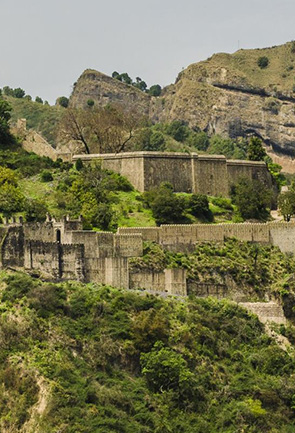



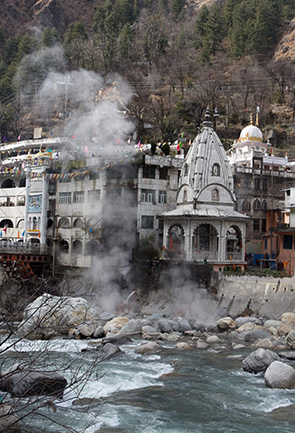
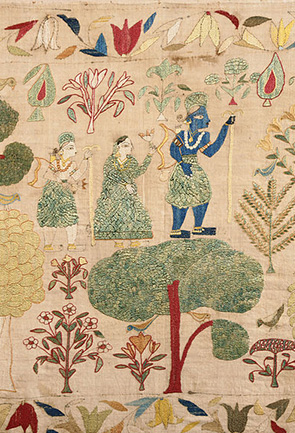


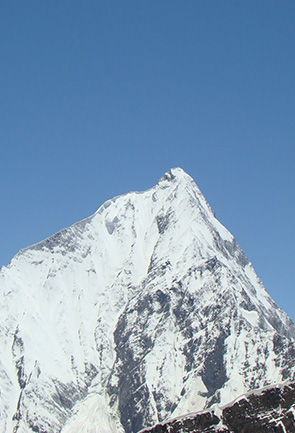


 Plan Trip
Plan Trip Call Us
Call Us Packages
Packages Home
Home